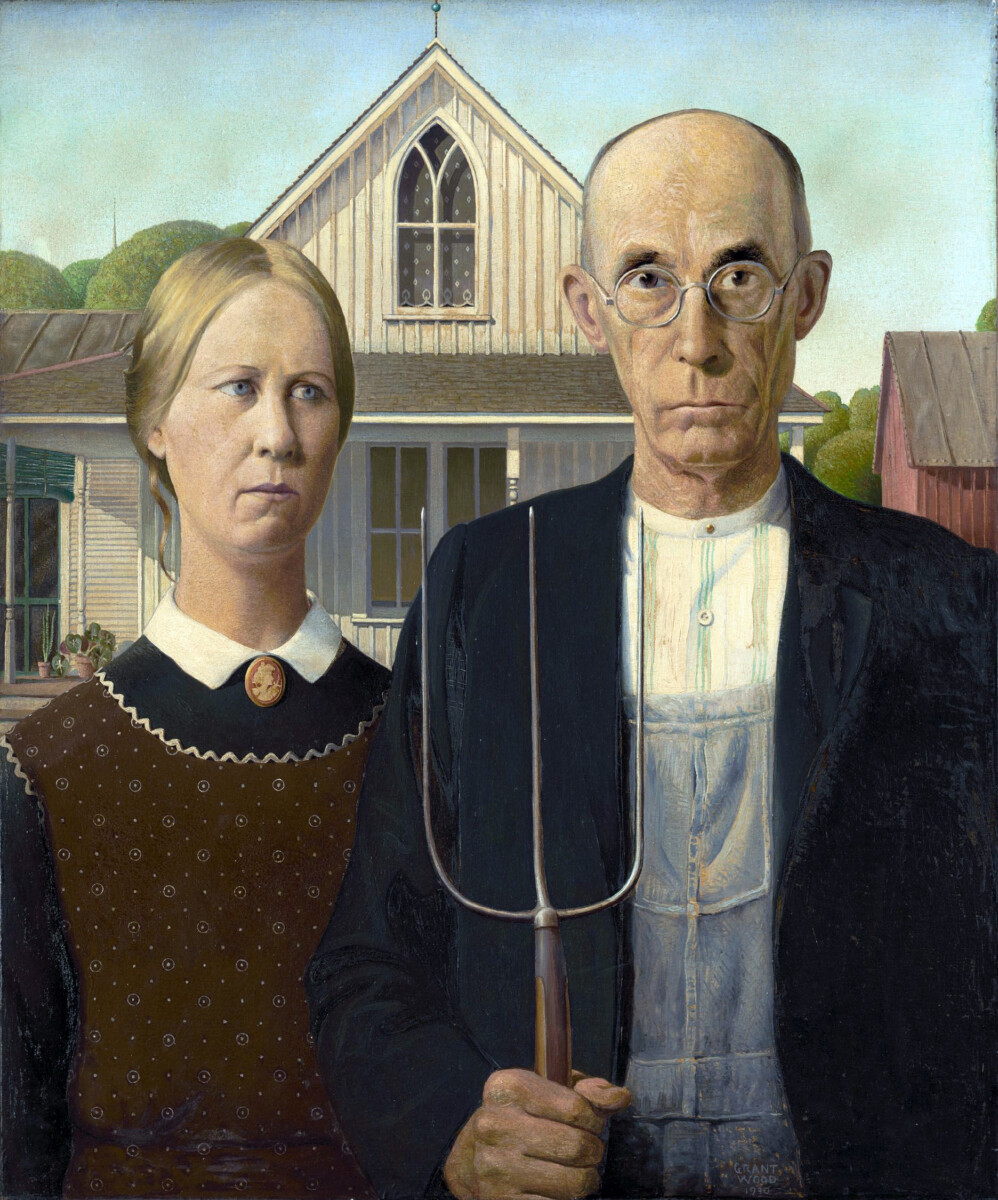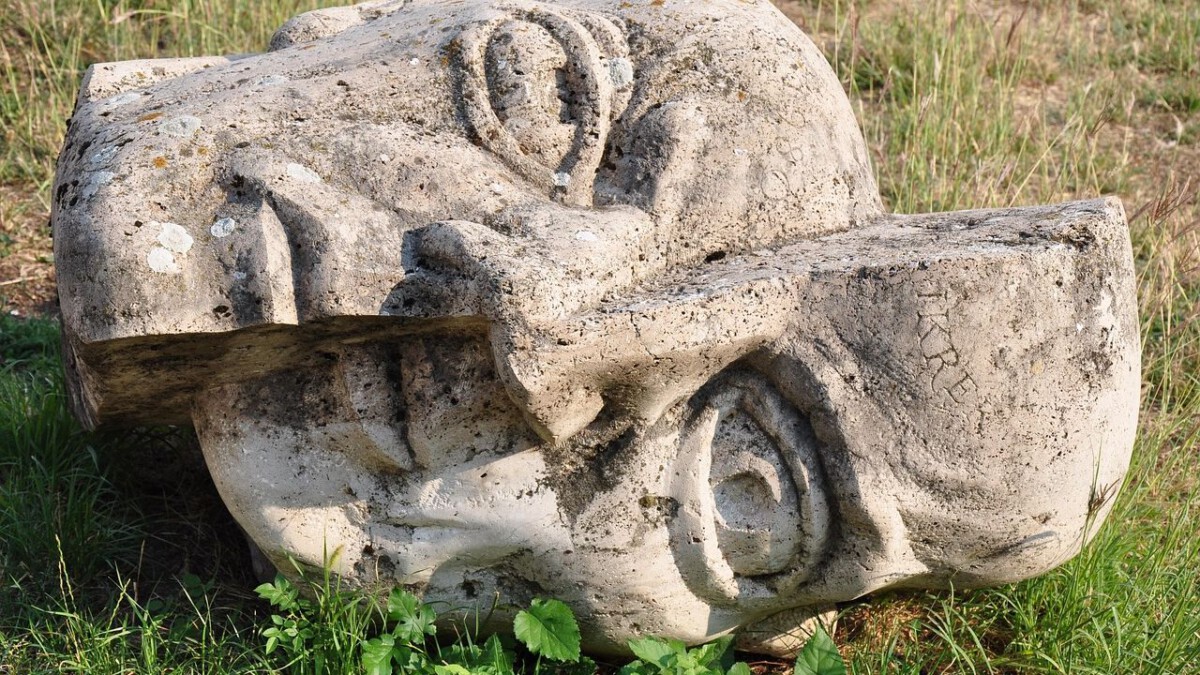The Unseen Smile of the Mona Lisa

When people talk about famous portraits, the Mona Lisa usually comes to mind first. Painted by Leonardo da Vinci in the early 1500s, her half-smile has baffled viewers for centuries. But recent research using high-resolution scans has revealed layers beneath the surface, suggesting da Vinci painted her smile several times to create that mysterious effect. Historians now believe Lisa Gherardini, the woman behind the smile, was the wife of a Florentine merchant. She sat for hours as da Vinci worked, and it’s rumored he hired musicians to keep her entertained and relaxed. Even more surprising, the portrait wasn’t famous until it was stolen from the Louvre in 1911, sparking worldwide headlines and turning the painting into a global icon. Today, over 10 million people visit her every year, yet many don’t know she was once almost forgotten. The painting’s fame is as much about its history as its artistry.
The Girl with a Pearl Earring’s Secret Identity

Johannes Vermeer’s “Girl with a Pearl Earring” is often called the “Dutch Mona Lisa.” Painted in 1665, her identity has puzzled experts for ages. Recent pigment analysis and archival digging suggest she wasn’t a real person, but rather an imagined figure—a “tronie,” or character study, popular at the time. Scientists from the Mauritshuis Museum used advanced imaging to uncover tiny details, including a green curtain in the background that faded over centuries. The “pearl” might not be a real pearl at all; some art historians argue it’s just painted glass. Despite the mystery, the painting has spawned novels and movies, showing how a single look can inspire endless stories.
The Turbulence Behind Van Gogh’s Self-Portrait

Vincent van Gogh painted over 30 self-portraits, but the 1889 version, created while he was in an asylum in Saint-Rémy, reveals more than just his appearance. New research indicates Van Gogh used his own reflection as therapy, documenting his mental state with every brushstroke. Visible X-rays show that he painted over earlier versions, suggesting a restless search for self-understanding. His piercing eyes and tight lips hint at the anxiety he felt—he wrote to his brother Theo about his struggles, saying, “I am seeking, I am striving, I am in it with all my heart.” The bright blue background was chosen to soothe him, a reminder of the healing power of color. Today, the painting is seen as a testament to resilience amid chaos.
The American Gothic Couple’s Real Relationship

Grant Wood’s “American Gothic” is an icon of American art, but the story behind the stern farmer and his companion is not what most people think. Painted in 1930, Wood used his sister, Nan, and his dentist, Dr. Byron McKeeby, as models—not a married couple, but a daughter and her father. The pitchfork and the serious faces were meant to poke gentle fun at rural Iowan stoicism, not to criticize. The painting sparked controversy when first exhibited, with some Iowans feeling mocked, but Wood insisted it was a tribute to “the strength and character of rural Americans.” The house in the background still stands in Eldon, Iowa, drawing thousands of visitors each year.
The Tragic History of Frida Kahlo’s “Self-Portrait with Thorn Necklace and Hummingbird”

Frida Kahlo’s 1940 self-portrait is packed with symbolism from her tumultuous life. After a devastating bus accident and years of pain, Kahlo used painting to express her suffering. The thorns around her neck represent ongoing agony, while the dead hummingbird, often a symbol of hope, hangs lifelessly, hinting at heartbreak over her failing marriage to Diego Rivera. Recent medical studies on her health records confirm she endured over 30 operations, making the portrait’s raw emotion even more poignant. The monkeys and butterflies are more than decoration—they’re nods to Mexican folklore and her longing for comfort. Every detail in this portrait tells a story of pain, resilience, and identity.
The Royal Tension in “The Arnolfini Portrait”

Jan van Eyck’s 1434 masterpiece, “The Arnolfini Portrait,” is often described as a wedding scene, but closer examination suggests something more complicated. Infrared reflectography has revealed changes in the composition, indicating the couple may not have been married yet. The convex mirror in the background shows two mysterious figures, possibly the artist himself and a witness, hinting at a legal contract or a betrothal. Legal documents from the era confirm that witnesses were often present at such moments, giving the painting extra weight. Scholars debate whether the woman is pregnant or simply wearing the fashion of the time. The dog at their feet symbolizes loyalty and trust, but the exact story remains a puzzle.
The Political Drama Behind “Portrait of Winston Churchill”

When Graham Sutherland painted Winston Churchill in 1954, he captured a side of the British leader rarely seen—vulnerability. Churchill hated the painting, calling it “filthy” and refusing to display it in public. Recent interviews with Churchill’s family reveal he felt the portrait showed his age and frailty, not the heroism he wanted remembered. In a twist worthy of a spy novel, Churchill’s wife, Clementine, secretly had the painting destroyed months after its unveiling. The incident made headlines in Britain in 2015 when family letters confirming the destruction were discovered. The only surviving images are black-and-white photos, turning the lost portrait into a symbol of the power—and danger—of art.
The Stolen Identity of “Portrait of Adele Bloch-Bauer I”

Gustav Klimt’s shimmering “Portrait of Adele Bloch-Bauer I” was painted in 1907, but its story is as much about war as art. During World War II, the Nazis stole the painting from the Bloch-Bauer family. For decades, it hung in Vienna’s Belvedere Museum, until a dramatic legal battle in 2006 finally returned it to Adele’s niece. The portrait, now valued at over $135 million, hangs in New York’s Neue Galerie. The gold leaf and intricate patterns were inspired by Byzantine mosaics, but the painting’s journey is a reminder of the art lost—and reclaimed—during the 20th century’s darkest days. The legal fight inspired the 2015 film “Woman in Gold,” bringing the story to a global audience.
The Unexpected Truth of “Whistler’s Mother”

James McNeill Whistler’s 1871 portrait of his mother is one of the most recognized images in American art, but it almost never happened. Whistler’s intended model canceled at the last minute, so he asked his mother, Anna, to sit for him. She agreed, but only if she could sit, not stand, because of her age. Letters between mother and son show that the painting was an act of love, but also one of frustration—she found the sittings uncomfortable and long. The painting was initially rejected by the Royal Academy in London, only to become a symbol of motherhood during World War I. Its popularity soared, and today it’s often called “the Victorian Mona Lisa.”
The Rebellion in “Napoleon Crossing the Alps”

Jacques-Louis David’s 1801 portrait of Napoleon on a rearing horse looks like a heroic moment, but the real crossing was far less dramatic. Historical accounts show that Napoleon actually crossed the Alps on a mule, not a stallion, and wore a simple soldier’s coat. David painted the dramatic scene at Napoleon’s request, part of a calculated PR campaign to show him as a modern-day Hannibal. The painting became propaganda, used to inspire troops and intimidate enemies. Today, the portrait is studied as an early example of “fake news” in art, reminding viewers that images can shape— and distort—history.
The Whispered Mystery of “Portrait of a Lady” by Gustav Klimt

For decades, Klimt’s “Portrait of a Lady” was believed lost, stolen from an Italian gallery in 1997. In a shocking twist, it was found hidden in a wall in 2019 by gardeners clearing ivy. X-rays revealed that Klimt had painted over another portrait, believed to be of a woman he loved who died young. The double-layered painting has fascinated experts, suggesting heartbreak and secrecy. The story made international headlines, highlighting how great art can hide even greater mysteries. The portrait now attracts thousands of visitors, eager to glimpse both layers of Klimt’s passion and loss.
The Duality in “Las Meninas” by Diego Velázquez

Painted in 1656, Velázquez’s “Las Meninas” is a riddle wrapped in oil paint. At first glance, it shows the young princess Margarita and her attendants. But a closer look reveals Velázquez himself painting the scene, with the king and queen reflected in a mirror. Recent 3D scans have helped art historians map out the complex composition, revealing subtle changes made as Velázquez worked. Scholars argue about the painting’s true subject—Is it about the royal family, artistic power, or the illusion of reality itself? “Las Meninas” remains one of the most analyzed paintings in art history, inviting viewers to step into its layered world.
End of summary.







